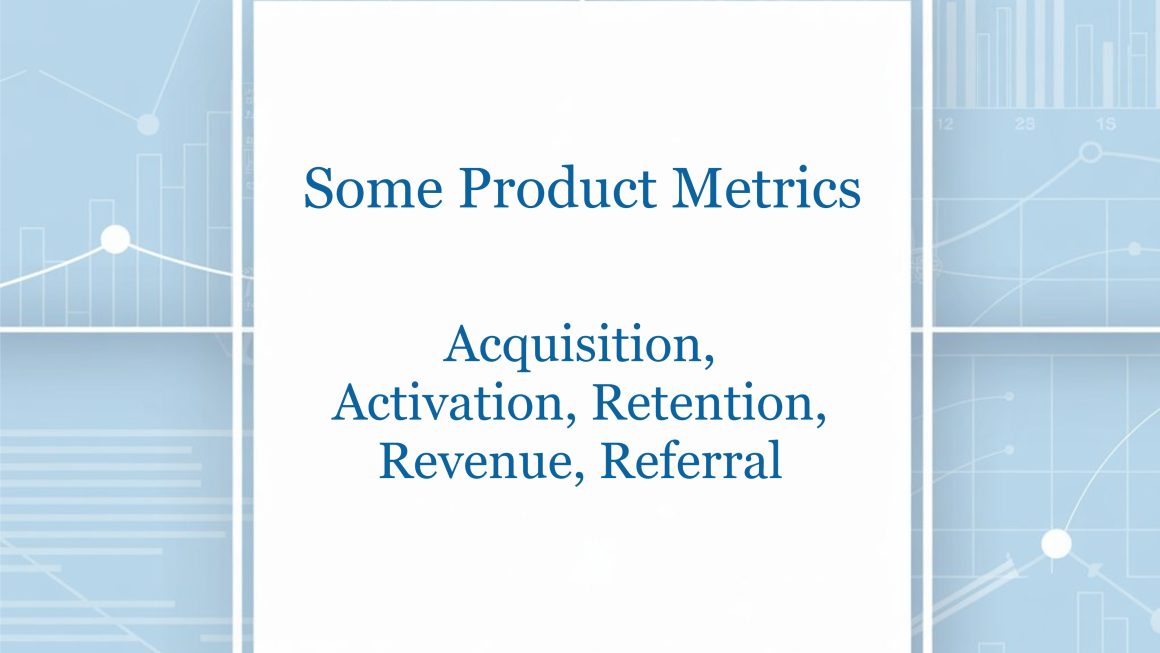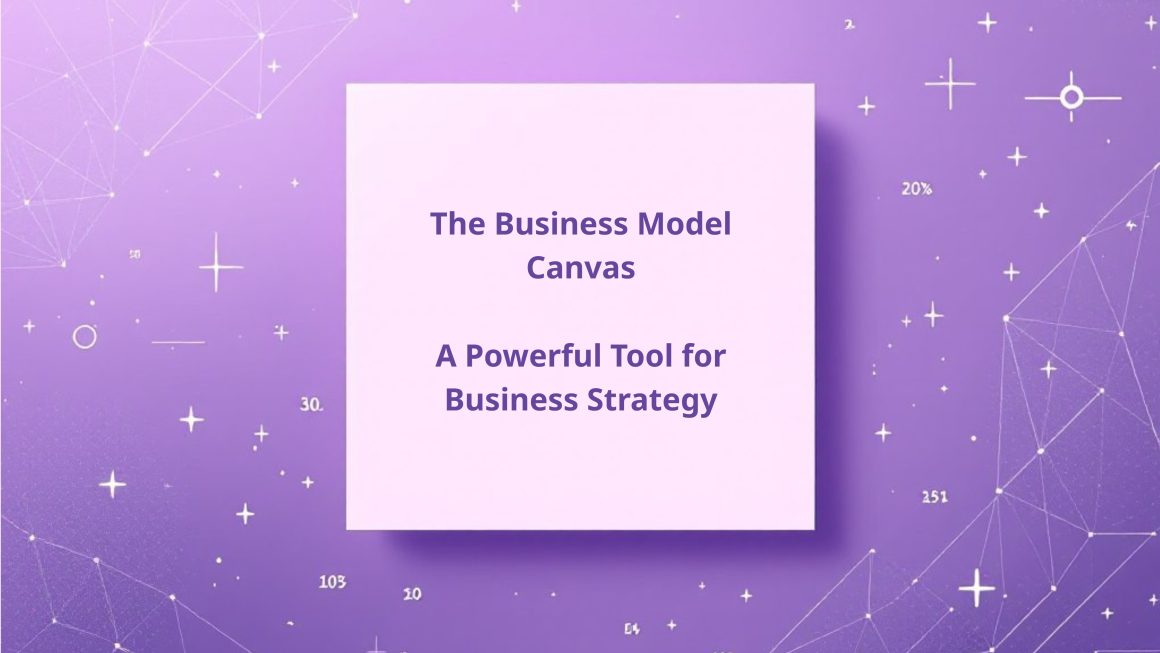Imagine you are a Product Owner, overseeing an innovative digital product. Daily, you meticulously monitor its development, analyzing data for informed decision-making. Let’s explore how key metrics assist you.
The first and foremost metric is Acquisition. This reflects how effectively your product attracts new customers. Imagine launching an ad campaign for a new mobile app. If yesterday 100 people downloaded and registered, and today it’s 150, this clearly indicates your marketing efforts are bearing fruit. This metric shows whether your customer base is expanding.
It is crucial to analyze Customer Acquisition Cost (CAC). This key metric assesses the expense of acquiring one new customer. CAC calculation includes both direct and indirect marketing and sales costs. Its value helps optimize spending and enhance campaign effectiveness, revealing the profitability of various traffic channels.
The next metric is Activation. It indicates how successfully a new customer begins using your product. For instance, a client downloads an app, but activates only upon completing their first transaction – e.g. transferring money or paying for a service. If 80% of new users successfully perform this initial action within a week, it signifies your product’s simplicity and convenience. Without this first step, the product remains unused.
Retention – this metric measures customer loyalty – how many continue to actively use your product over time. If, out of 100 clients who started using a credit card last month, 70% make regular purchases this month, that’s an excellent indicator. It means your product has become an integral part of their financial life, and you are successfully meeting their needs.
One more important metric is Revenue.This is the financial outcome your product generates. If income from transaction fees or interest payments for your product increased from 100,000 Euro to 150,000 Euro per quarter, it indicates its success and value to customers, as well as its contribution to the bank’s overall financial performance.
Finally, there’s Referral. This metric indicates how willing satisfied customers are to recommend your product to their acquaintances. If 20% of your current customers bring in new users through a referral program, this is a powerful engine for organic growth. It speaks to a high level of satisfaction and trust in your product, which is one of the most valuable assets.
Metrics are not just numbers. They are key indicators of your product’s health and potential. They empower the Product Owner to make informed decisions, adjust strategy and guide development effectively.
By tracking these indicators, you gain a clear understanding of the path to success. There are many metrics, each with its unique purpose and value. Use this knowledge to create a truly valuable product.
What about you:
Which metric proved most surprising or valuable to you in product development?
How do you balance various metrics when making strategic decisions?
What “metric trap” have you encountered and how did you overcome it?
Which metric do you consider indispensable for any product and why?




